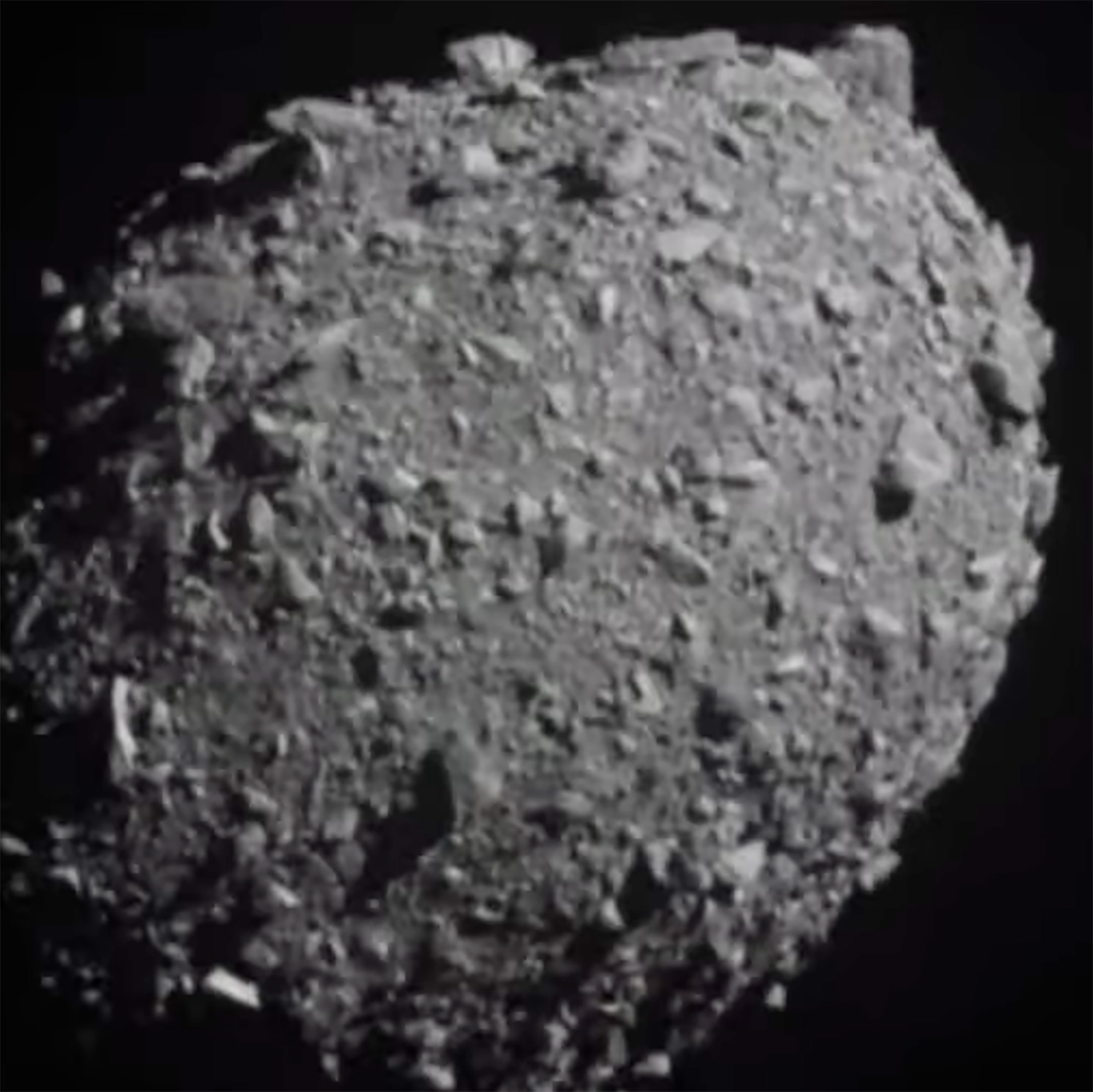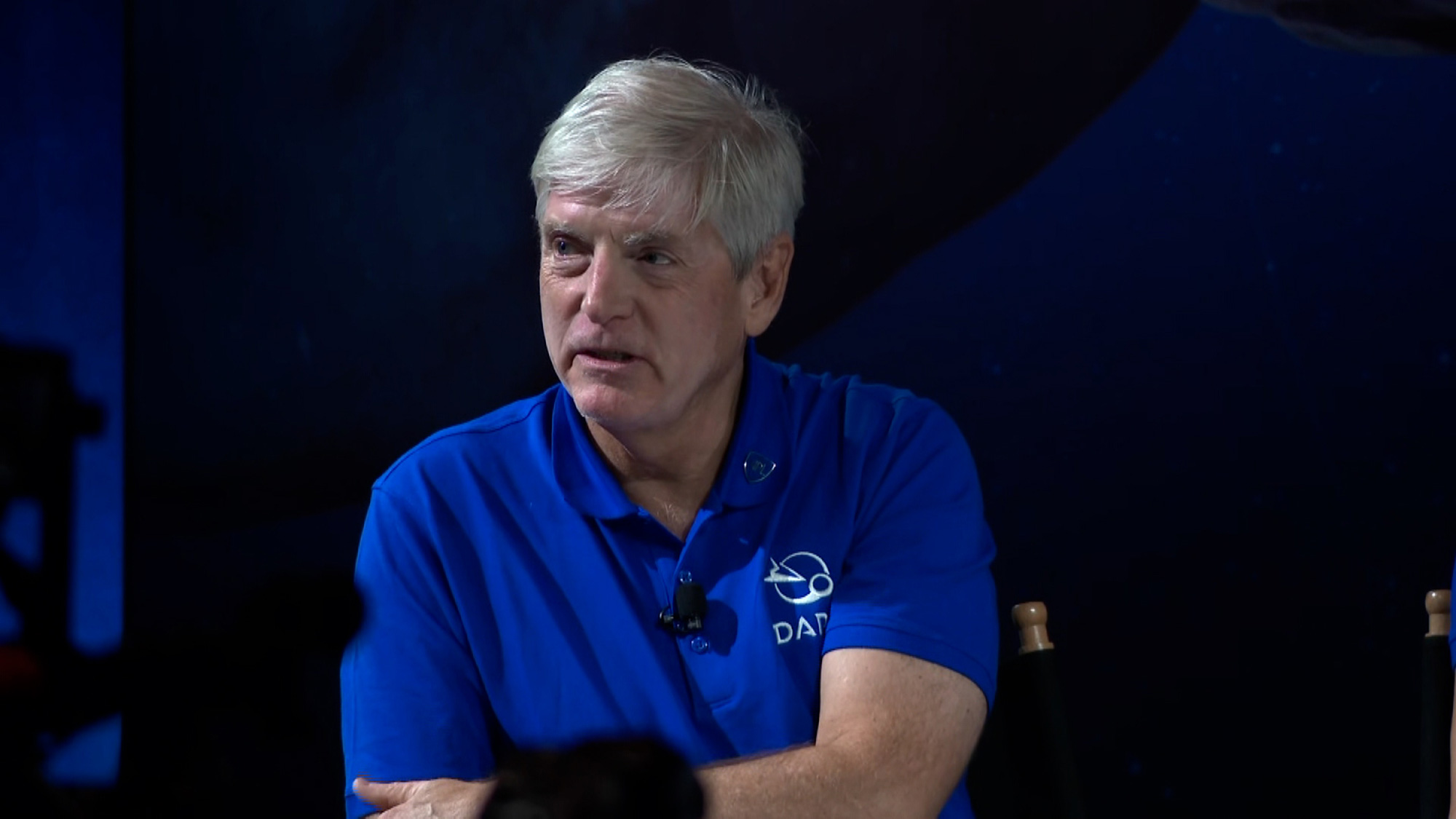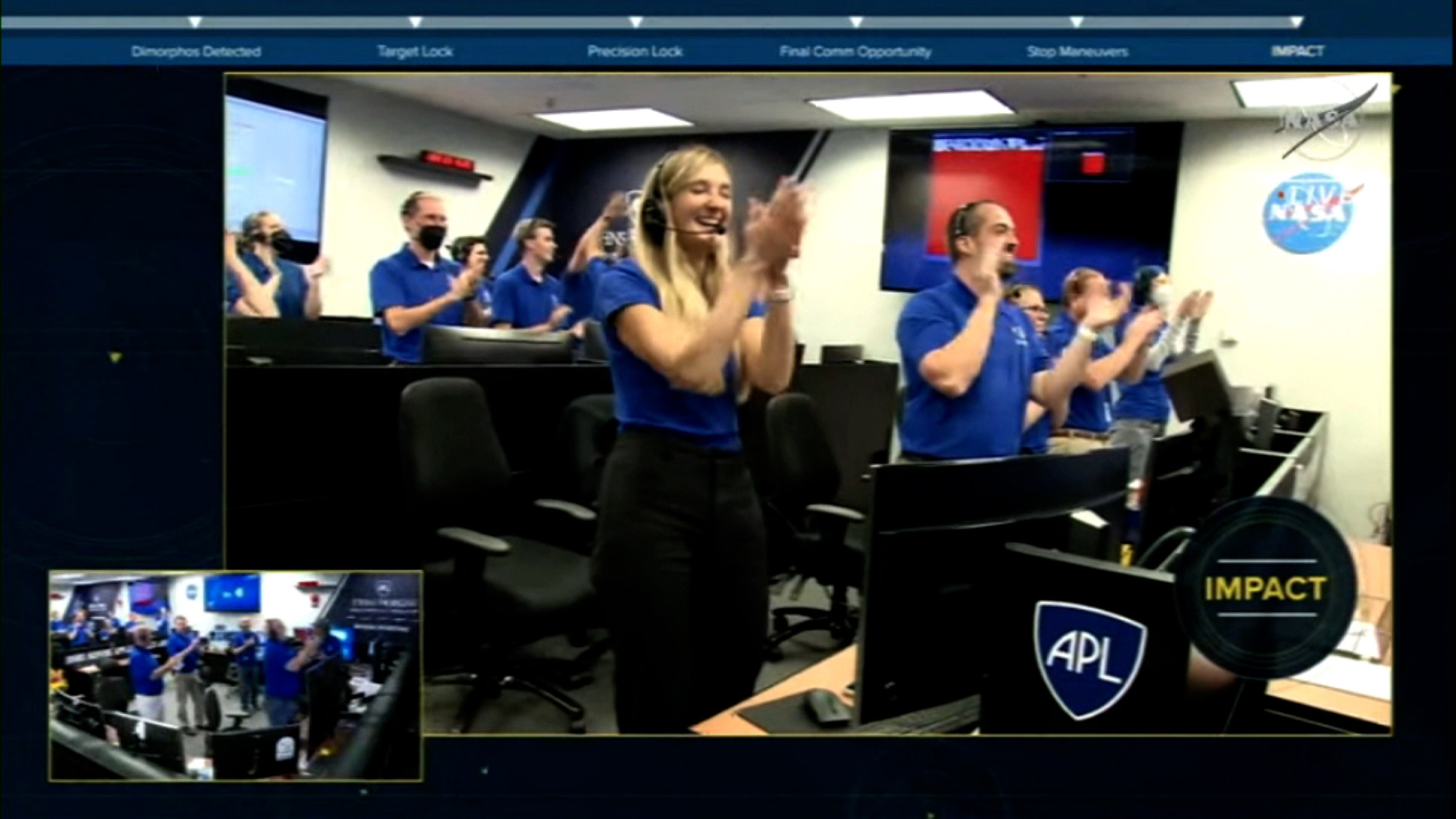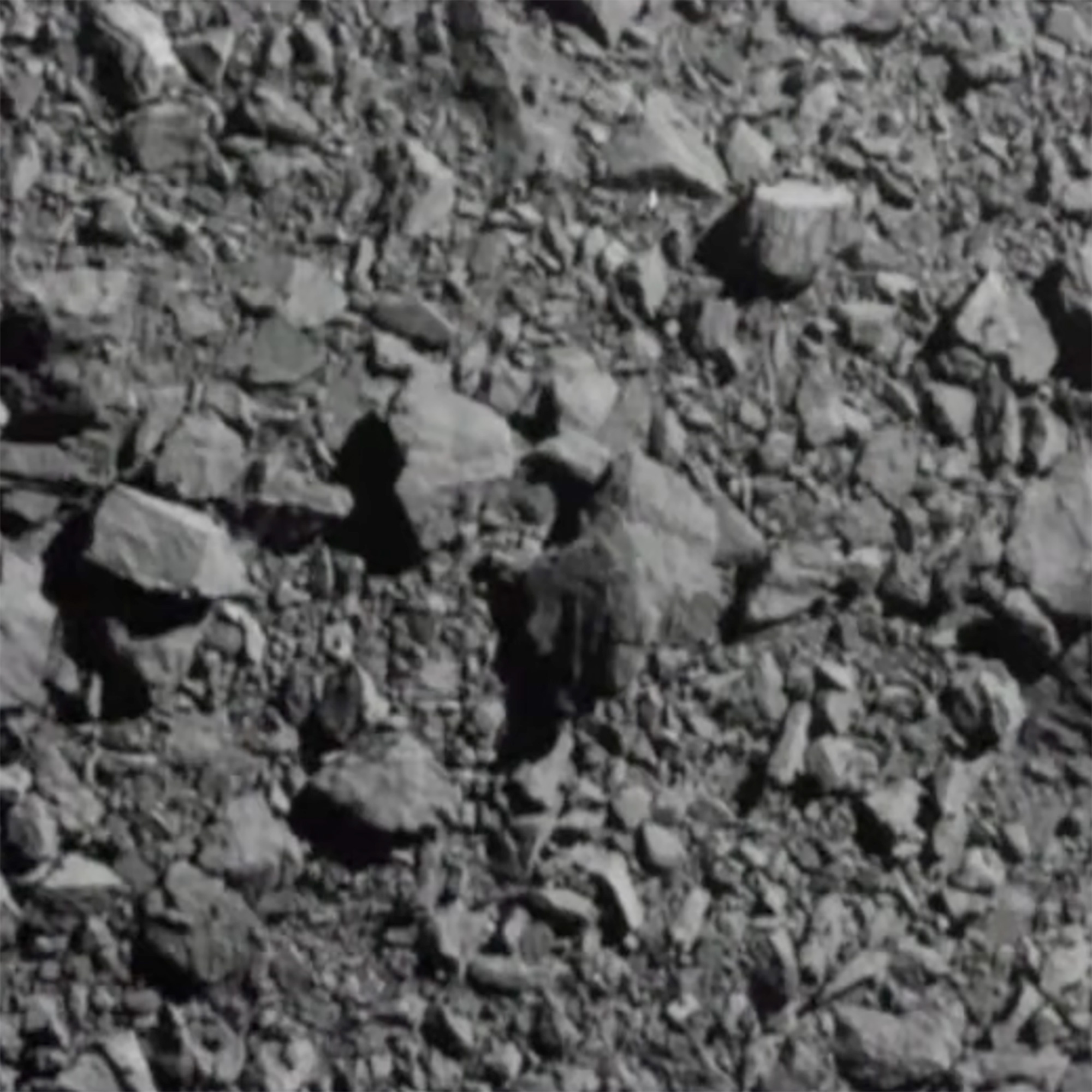
As the images rolled in from the DART mission as it sped toward an asteroid, one scientist could not take her eyes off the target.
“It’s like adorable — it’s this little moon. It’s so cute," said Carolyn Ernst, the DART DRACO instrument scientist at Johns Hopkins University Applied Physics Laboratory, describing the asteroid, Dimorphos.
Images from the spacecraft's onboard imager were humanity's first look at the asteroid.
“We will spend the next months and years doing analysis of course our job has just started but it really looks just amazing," she said at a news conference on Monday.
Dimorphos is covered in boulders and Ernst said she suspects it is a "loosely consolidated" rubble pile, similar to some of the other small asteroids they have seen.
“We will be finding the exact impact site to really understand what kind of crater did we make, and of course, the ground-based observers are busy as we speak," she said, adding that her team will be looking at data over the course of the next days and weeks to find out what really happened.






